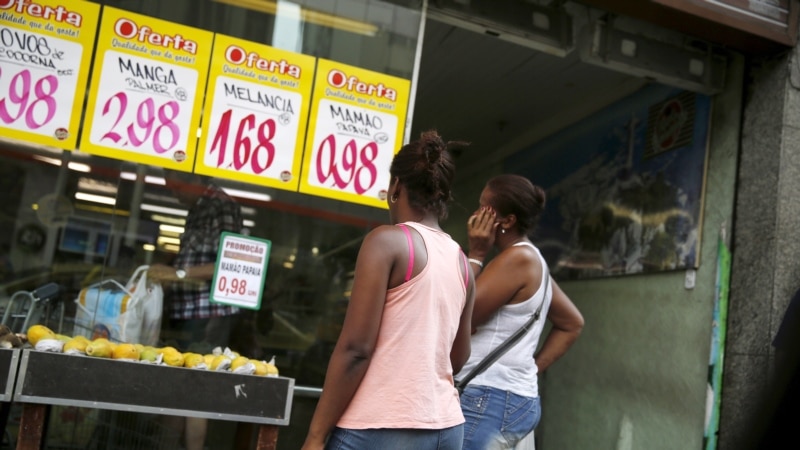Latin America and the Caribbean’s growth will slow to 1.9% this year from 2.1% in 2023 before growing again in 2025, the World Bank said on Wednesday, warning in a report that so far the region has missed the opportunity for advancement generated by global changes in supply chains.
Public and private investment remains insufficient, while the promise of growth opportunities from nearshoring has not been fulfilled.
The main reasons for this remain the high cost of capital, low levels of education, poor infrastructure and social instability, according to the World Bank.
“Despite the enthusiasm for nearshoring, foreign direct investment remains below the levels of 13 years ago in real terms,” the report noted.
The 1.9% growth estimate is higher than forecasts of 1.8% in June and 1.6% in April.
However, growth in the region’s two largest economies, Brazil and Mexico, is expected to slow to 2.8% and 1.7%, respectively, below expansions of 2.9% and 3.2%. % of 2023.
Argentina and Haiti remain the only two countries in the region where an economic contraction is expected this year, before recovering unevenly and growing in 2025.
Next year, the region’s economy is estimated to accelerate to a growth rate of 2.6%, down from the World Bank’s previous forecast of 2.7%.
Inequality remains very high throughout the region and high taxes on productive investment limit growth, the WB said.
This, along with a persistent shortage of government funding, indicates that taxing wealth is an option to increase income, according to the report, which warns that the rich need to be taxed wisely.
“Financial assets are easy to move and hide, and tracking them requires significant global coordination,” the report notes, while “properties, such as real estate, are generally less mobile and easier to value.”
The report notes that 80% of the region’s wealth is in the hands of real estate.
While that figure declines globally as countries become more developed, “the proportion of wealth tied to property is especially high in Latin America and the Caribbean, reflecting a marked cultural preference for housing and perhaps a preference for a tangible hedge against recurring episodes of inflation.
Connect with the Voice of America! Subscribe to our channels YouTube, WhatsApp and to the newsletter. Turn on notifications and follow us on Facebook, x and instagram.




![[Img #74675]](https://thelatestnews.world/wp-content/uploads/2024/12/They-discover-a-new-class-of-X-ray-sources-in-the-150x150.jpg)









Add Comment